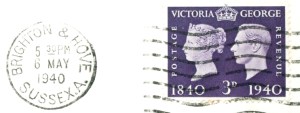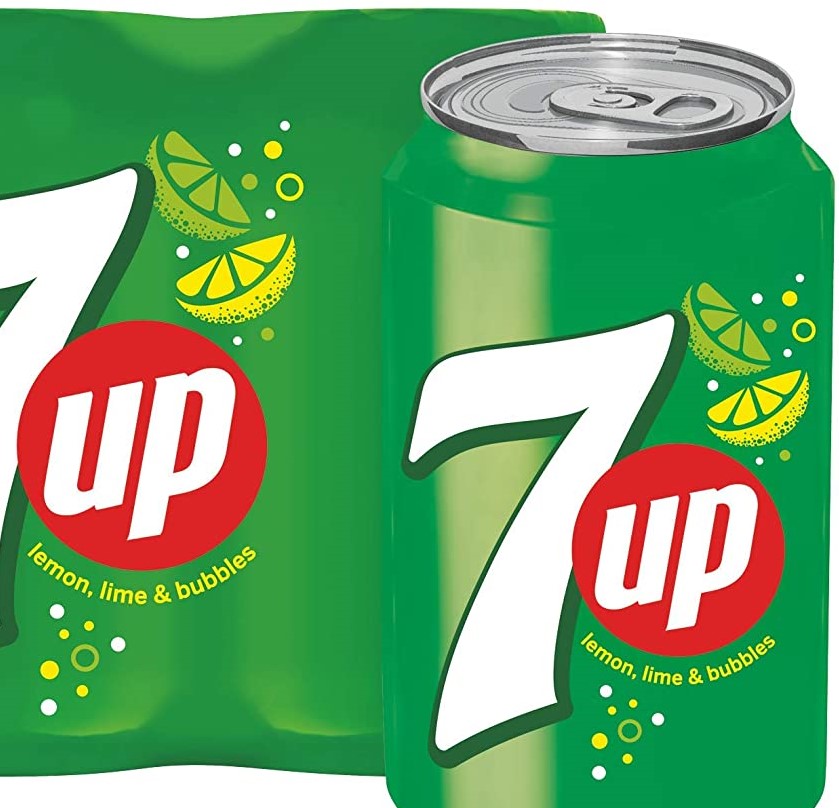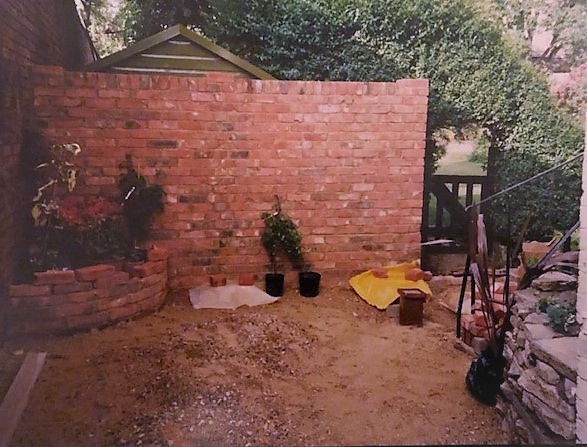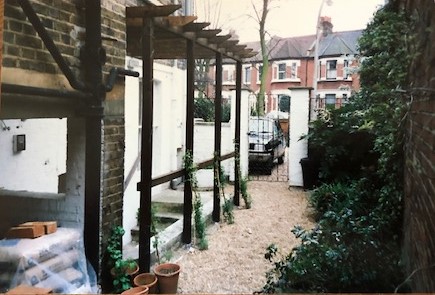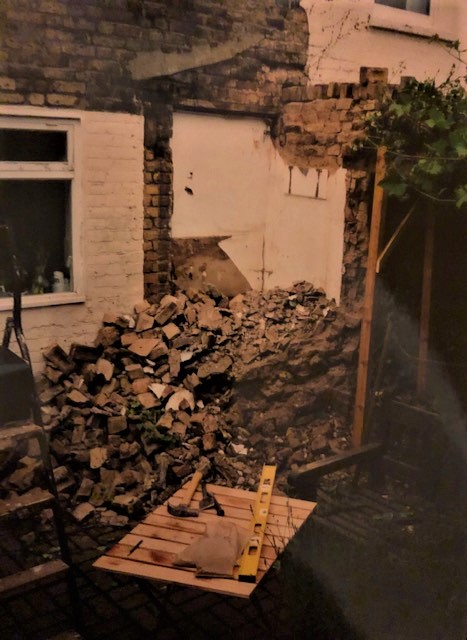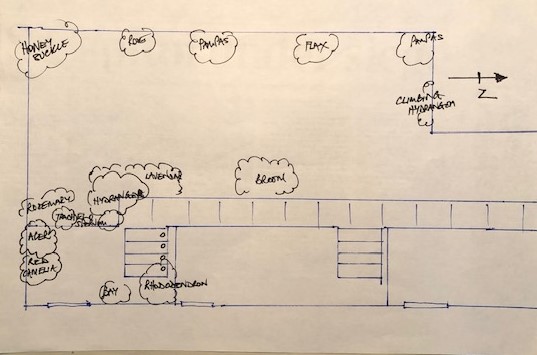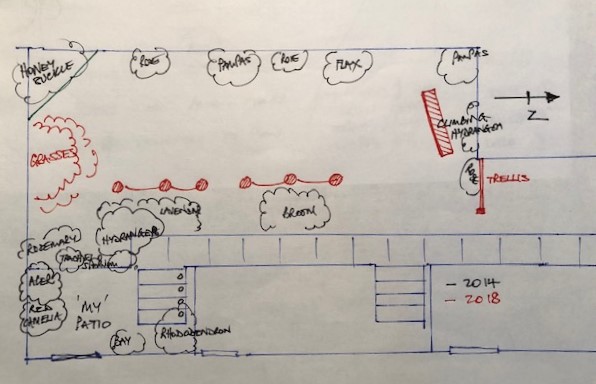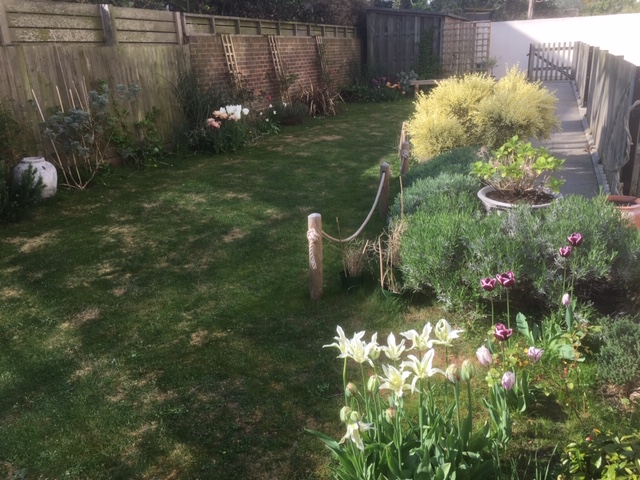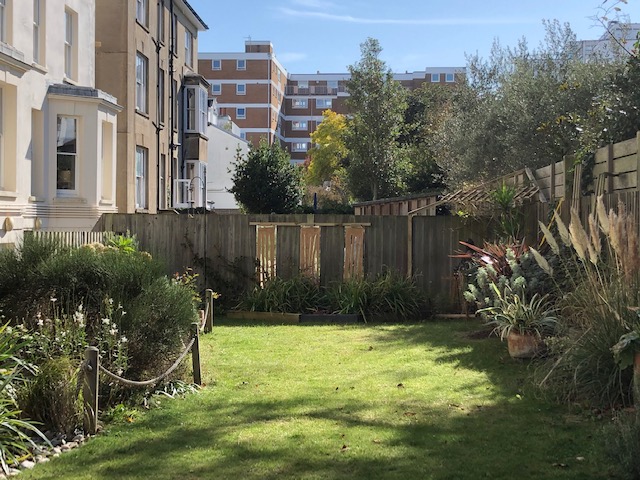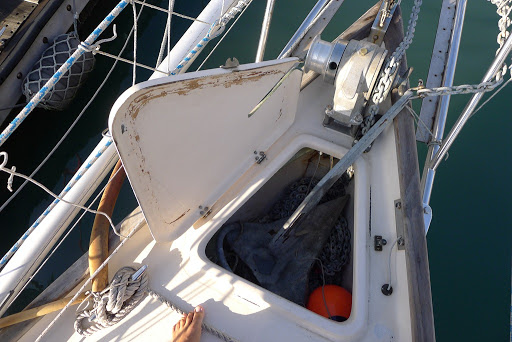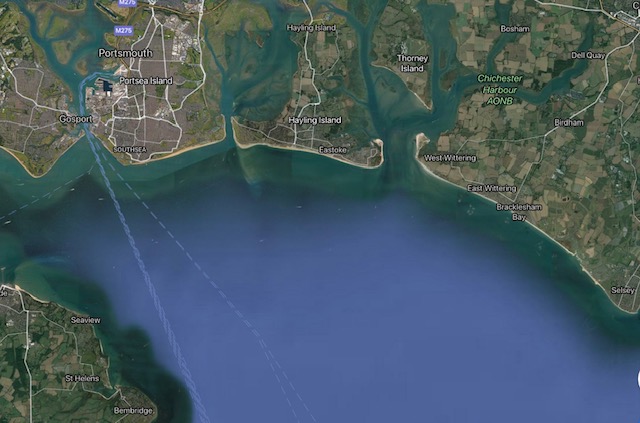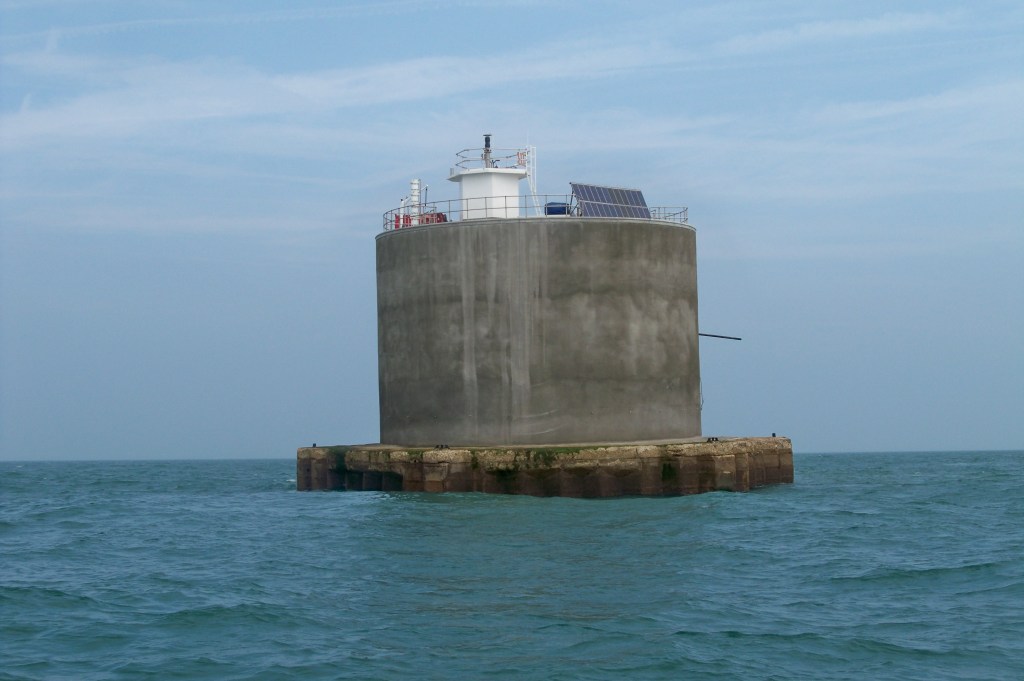This sailing story has no names, neither the skipper nor of the four other crew members, apart from me, obviously, and not the name of the yacht. I think what happened, and what might have happened, was something everyone wanted to put behind them. How could we have …..?
The seas around The Channel Islands are a great cruising area within easy reach of the English shores; Cherbourg for instance is about 12 hours sailing from Portsmouth. The islands lie around the north west corner of the Cherbourg Peninsula – the large islands of Guernsey and Jersey and the smaller Alderney, Sark and Herm. They are Crown Dependencies, not part of the United Kingdom and with their own independent administrations; their inhabitants are British.
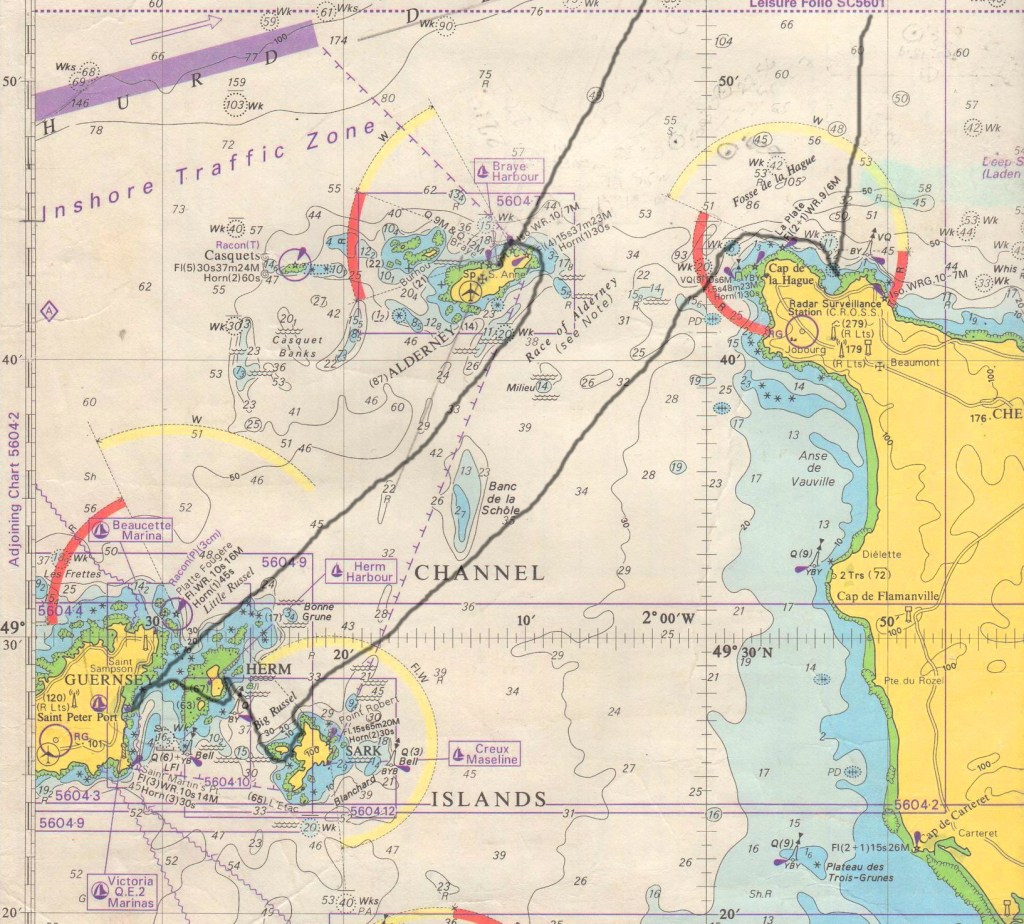
From west to east, Guernsey, Herm, Sark and Alderney. Jersey is just off this chart to the south. The Cherbourg Peninsula lies to the east.
After an uneventful sail to Cherbourg from the Solent and an overnight stay to enjoy the moule mariniere, we set off for Guernsey. Between the Cherbourg Peninsula and Alderney the tides run extremely quickly due to the shape and depth of the seabed. This ‘Race’ can run at over 9 knots in a northerly direction, slightly less for a southerly set; breaking waves and fierce currents are normal characteristics. If your yacht has a theoretical hull speed of 6-7 knots, you could be sailing forward but going backwards relative to the ground!!

Overfalls make for a rough passage through The Alderney Race
We left Guernsey for a day’s sail to St Malo on the French coast; the weather forecast was good but with light winds and low visibility.
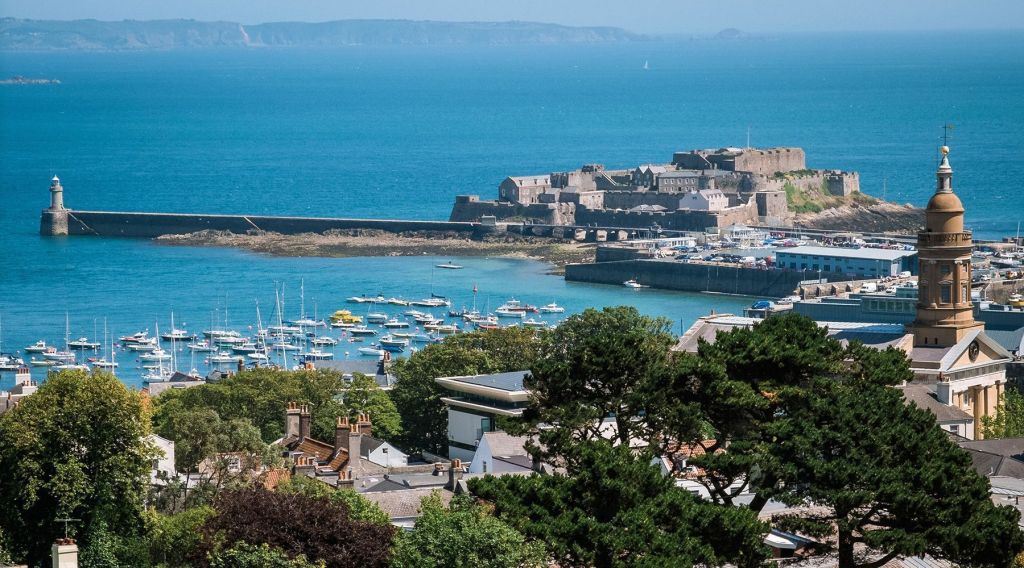
St Peter’s Port Guernsey
Our course would take us to the west of both the island of Jersey and also a large patch of rocks that dried out at low water to its south, The Minquiers. This was marked by a number of buoys.

The Minquiers at low water
We had set a full main and the yacht’s large Genoa. The issue we all realise with large headsails is that forward vision is blanked by the canvas. In this case the clew of the Genoa came aft, almost to the cockpit winches. The wind was blowing from the south east so the sails were set over the starboard side and winched in tight ….. but not too tight!

For those not that knowledgeable about yacht rigging, the mast is generally stepped through the deck to the keel. Above deck wires run from the masthead fore and aft (forestay and backstay) to the deck and sidewards to the widest part of the hull. These latter stays are called shrouds and are kept away from the mast by spreaders. I haven’t been able to determine why they are called shrouds as they are far removed from a cloth in which to wrap a corpse!!
The mainsail runs from a horizontal boom to the masthead, the sail attached to the mast with moveable runners. The aft end of the boom can be supported when not under sail by a topping lift, clipped into an alloy forged-ring. The sheets that control the mainsail are also clipped onto this fitting.
The morning progressed …….

An example of poor visibility
Sailing in poor visibility can be tricky! Often during racing a crewman is positioned up in the pulpit (on the bow) scanning the sea for other yachts but generally when cruising an occasional glimpse under the sails or from the bow is deemed adequate. Looking for a small buoy or another yacht in misty conditions can be tiring on the eye, particularly when there’s a weak sun reflecting off the sea. The trend to larger and larger, and lower cut, foresails has increased the need for greater vigilance.
So often in life a chance ‘wrong place – wrong time’ type of event determine one’s future …… or by the slenderest of margins you realise that today it’s not your time! (Note 1)
The yacht’s Genoa is blanking off the view to starboard and the mainsail’s winched in so that the aft end of the boom is just over the side of the boat, maybe by a metre or so. We must have been doing 4 knots – so covering about 125m every minute; visibility was probably about 500m. The yacht has a slight cant to leeward. I join the skipper below to make some coffees and mid-morning snacks, leaving the other three sailing the yacht.
Suddenly there’s a crack/thump ……. I look up through the companionway to see another yacht metres away sailing in the opposite direction …….. the man on the tiller shouting something like “You fool! You bloody fool!” I still remember him today, stunned by what had just not happened/happened, showing typical British sangfroid.
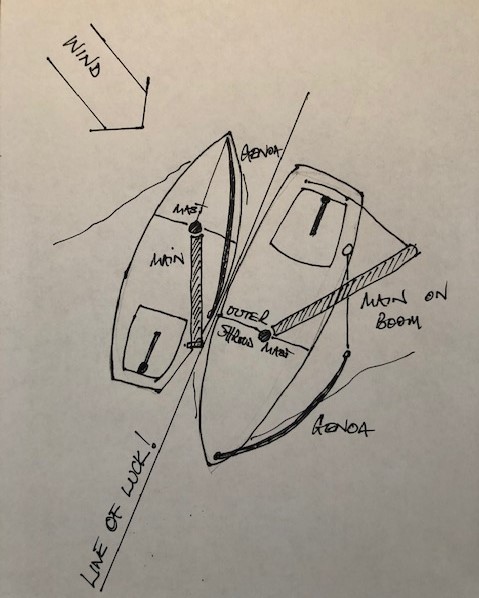
Rushing up on deck with the skipper close on my heels it was very clear how lucky we had been. In the middle of the sea to the west of The Minquiers, some ten miles south of Jersey, with acres of open water around us, the course of our yacht has intersected with someone else’s. But just how close our hulls had come to smashing in to one other became clear when we determined what had touched exactly. (Note 2)
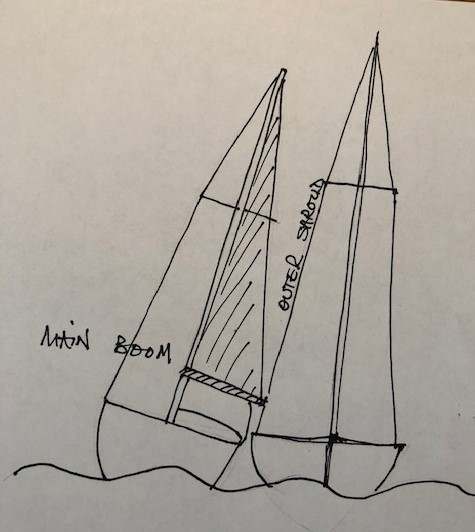
The wire forming his starboard lower shroud had hit the right hand little ringlet on the outside of the metal cap on the aft end of our mainsail boom. Being an aluminium casting, the force had taken it clean off and with it the whole cap and the mainsheet block.
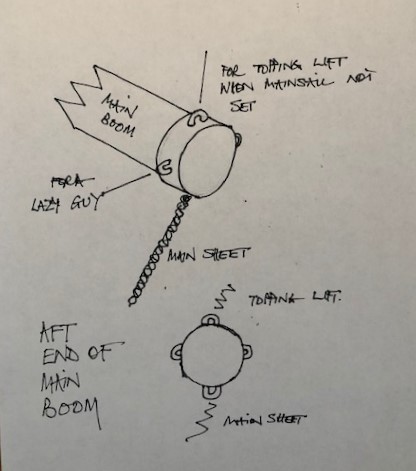
It took us no time to replace the end cap and continue towards St Malo; the little ring that was broken was not essential. We tried in the city to get another one made but soon realised this would need to be ordered from a boatyard in the UK. After two days in St Malo …….
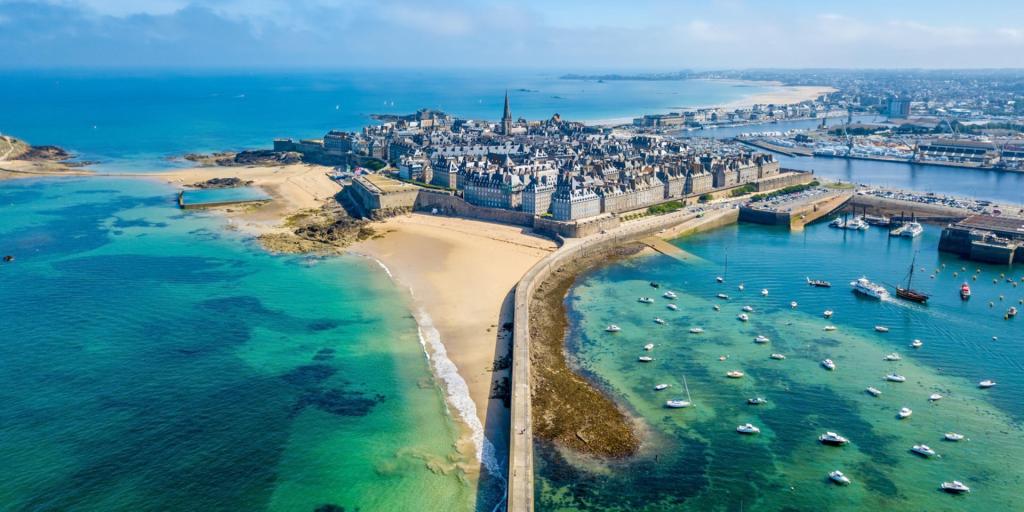
………. made our way back to The Solent. We caught the edge of a gale off The Needles and came creaming in through the narrows by Hurst Castle under a storm Jib and no mainsail and sailed up to Bosham. A few days later we tied up in our home marina after an eventful cruise!
Richard 29th January 2021
PS If you are in the area, visiting Mount St Michael for instance, go and see St Malo
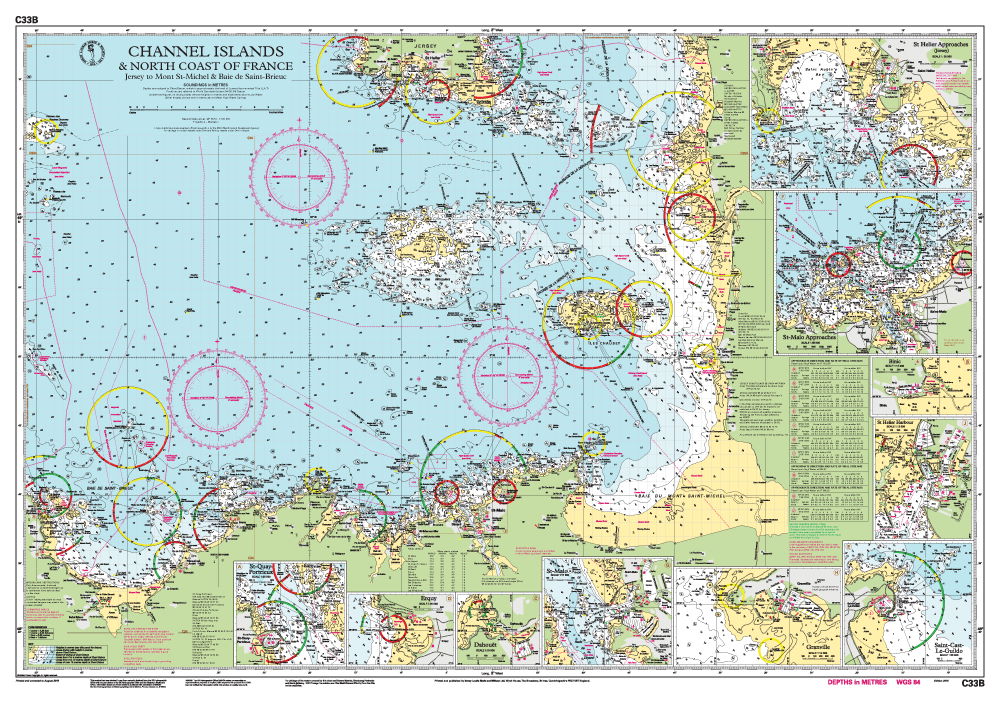
This chart show Jersey at the top, The Minquiers and St Malo at the bottom. Mount St Michael is in the right hand bottom corner.
If you can’t go, read the very atmospheric novel ‘All the Light We Cannot See’ by Anthony Doerr, about a blind French girl and a young German boy; set in World War Two in St Malo.
Note 1 In 1991 I was a passenger in a car in rush hour traffic in Canberra, Australia. Ahead an overtaking car was approaching at speed; a head-on collision seemed inevitable. We went one way, they chose the other and the only damage was our passenger-side mirror which was ripped off.
Note 2 The ‘right of way’ when sailing is given to the yacht whose sails are over the port side ie with the wind over the starboard side. We were completely at fault – although the other yacht didn’t see us either!
